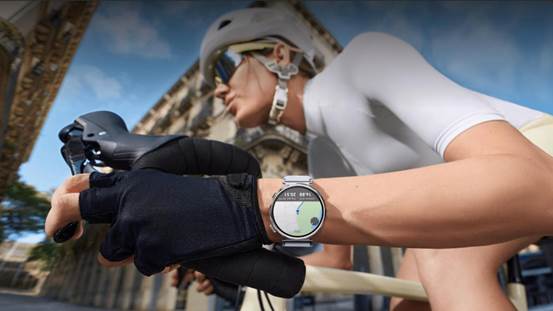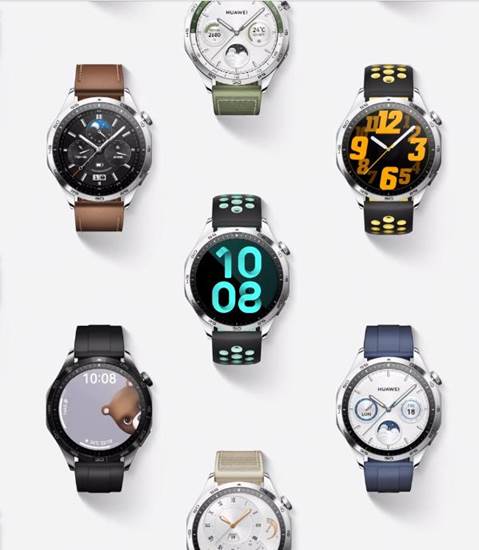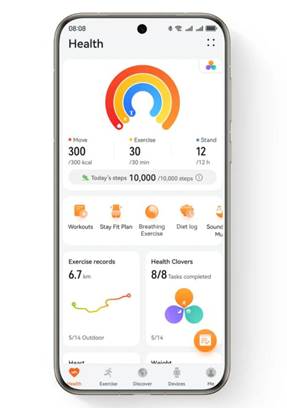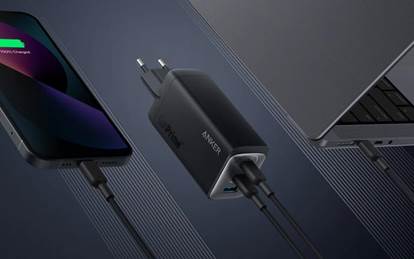Smartwatches are often marketed as tools
for health, productivity, and communication, but their role goes far deeper
than convenience. By sitting constantly on the wrist and offering data-driven
insights, they change the way people experience, interpret, and even value
time. Traditional clocks simply tell the hour, while smartwatches deliver
reminders, nudges, and statistics that transform every second into an
opportunity for efficiency or wellness. As a result, our perception of time
becomes more fragmented, more measurable, and often more personalized.
Understanding how smartwatches reshape our relationship with time requires
looking at their impact on productivity, personal rhythms, and broader cultural
views.

Smartwatches And Personal Productivity
One of the most noticeable influences of
smartwatches lies in how they reshape time management. They shift attention
from static schedules to dynamic, real-time decision-making.
Constant Time Awareness
Smartwatches provide instant visibility of
time, notifications, and reminders with a simple glance. Unlike phones, which
can distract with multiple apps, watches deliver precise updates without delay.
This constant awareness reduces the chances of drifting off schedule. Workers
benefit from sharper punctuality, while students can track study blocks more
effectively. The shift moves time from background awareness into an active
presence, influencing how people plan each moment. Over days and weeks, this habit
strengthens punctuality, discipline, and respect for commitments, creating a
new culture of accountability around how time is observed and used.
Micro-Scheduling And Efficiency
Beyond telling the time, smartwatches help
break days into manageable intervals. Calendar alerts, short task reminders,
and fitness prompts transform hours into smaller, purposeful blocks. These
micro-schedules encourage people to maximize limited time, whether completing
work assignments or squeezing in exercise. By dividing days into digestible
moments, smartwatches reshape time as a collection of achievable steps rather
than a single, overwhelming stretch. This shift fosters efficiency and a sense
of control.
Reducing Wasted Minutes
Time often slips away during idle phone
checking or prolonged distractions. Smartwatches cut down on wasted minutes by
delivering information quickly and directly. Responding to a message, checking
an appointment, or reviewing progress requires only seconds. Over weeks and
months, these saved moments accumulate, giving users a sharper sense of
ownership over their time. Instead of vanishing into distractions, minutes
transform into deliberate, conscious choices.
Smartwatches And Human Rhythms
Beyond work and productivity, smartwatches
reshape how individuals sense their bodies, routines, and natural cycles. They
transform abstract time into measurable data that links directly to wellness.
Tracking Physical Cycles
Smartwatches monitor steps, heart rate, and
even sleep patterns, turning invisible rhythms into tangible numbers. People
begin to see their bodies not only through the clock on the wall but also
through data-driven timelines. Sleep becomes tracked hours of rest, exercise
becomes logged sessions, and recovery becomes measurable. By framing wellness
in terms of time-based metrics, smartwatches connect health with a clearer
sense of daily rhythms.
Encouraging Breaks And Balance
Another way they reshape time is through
reminders to pause, breathe, or stretch. Traditional clocks signal the passing
of hours, but smartwatches actively shape how those hours are used. A gentle
vibration may tell someone it’s time to stand or relax, reframing time as cycles of focus and
recovery rather than endless work. These reminders make people more conscious
of balance, weaving wellness directly into time perception. Over time, users
build healthier habits that prevent burnout, turning rest into a structured and
valued part of productivity rather than a guilty interruption. This reshaping
of time into cycles of effort and renewal highlights how technology can support
sustainable performance.

Personalized Time Experience
Every user configures their smartwatch
differently, leading to individualized rhythms of alerts and feedback. Some
focus on productivity, others on fitness, and others on mindfulness. Over time,
the watch molds the day around these chosen values. The result is a
personalized experience of time, one where each person interprets minutes and
hours based on goals, reminders, and feedback. The huawei watch gt6 is often mentioned for its ability to align schedules with health
insights, showing how deeply these devices can personalize the passage of time.
Conclusion
Smartwatches do more than measure hours;
they reshape how people experience and value time itself. By fostering constant
awareness, encouraging micro-scheduling, and reducing wasted minutes, they
redefine productivity. By linking time with health tracking, wellness breaks,
and personalized reminders, they alter natural rhythms and create
individualized perceptions of daily life. This dual influence transforms time
from a universal measure into something both data-driven and personal. While
smartwatches cannot slow or accelerate time, they change how humans interact
with it, making every moment seem more purposeful. In this way, they reshape
our sense of time into a blend of precision, balance, and personalization.



